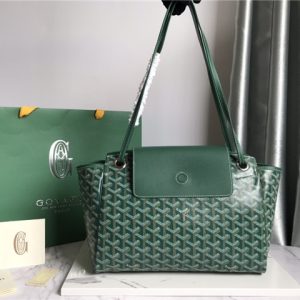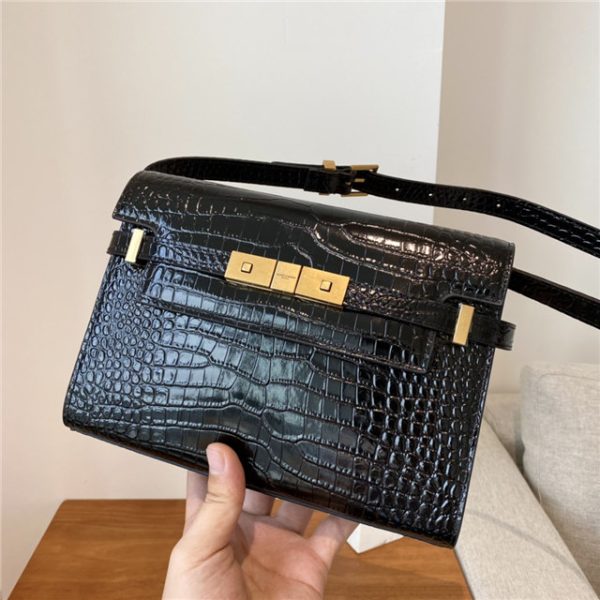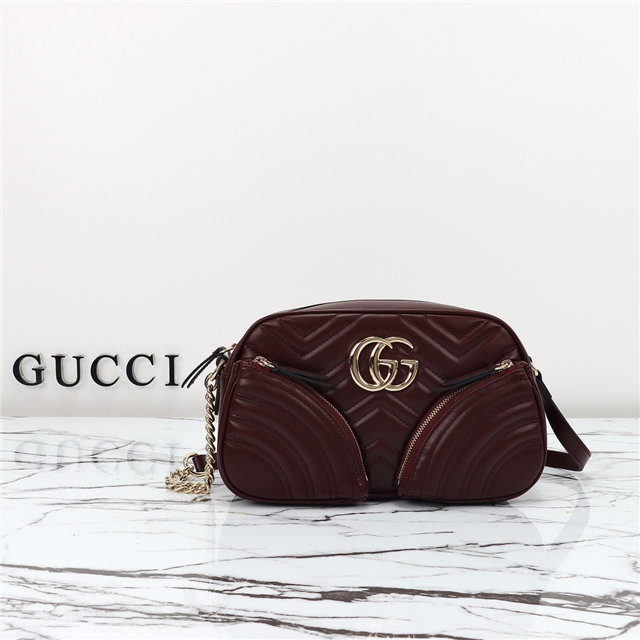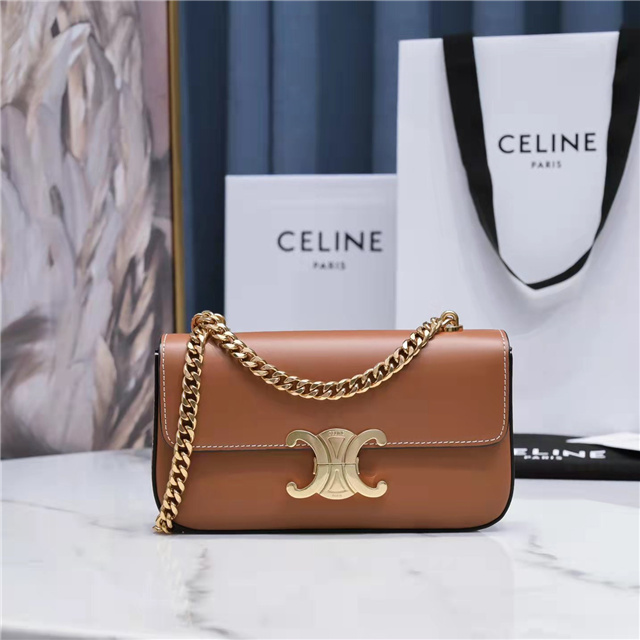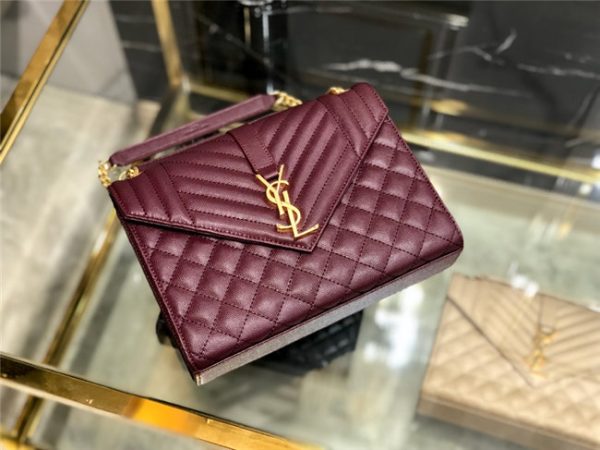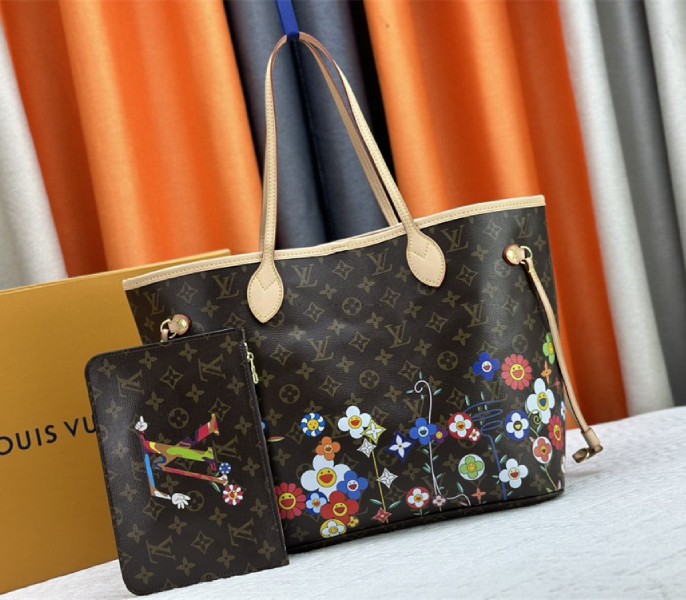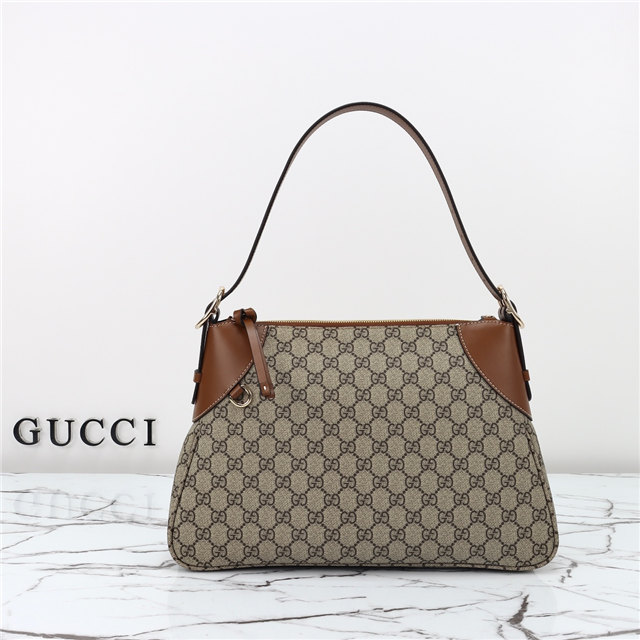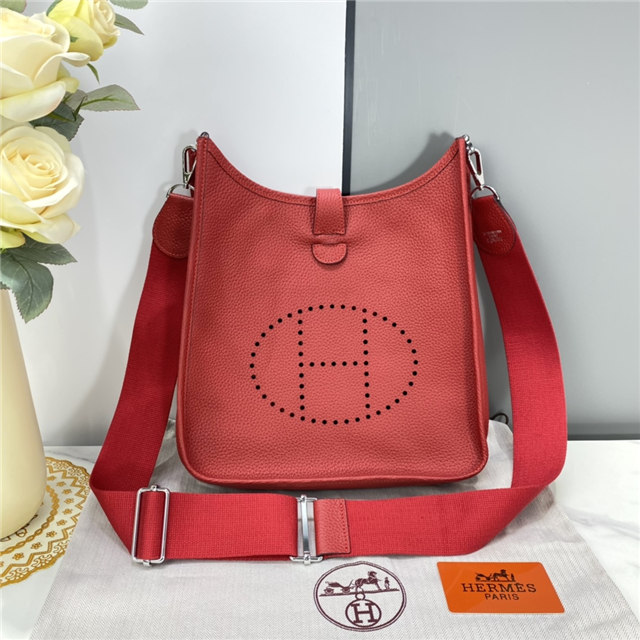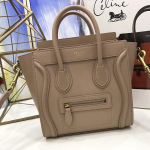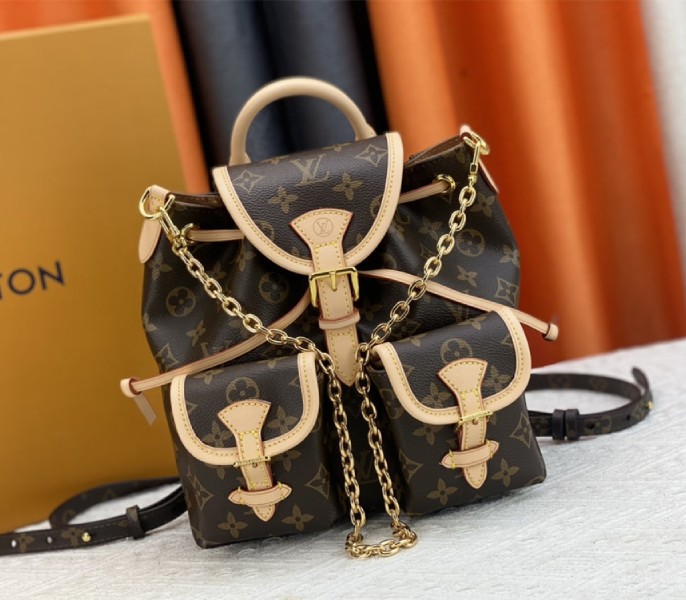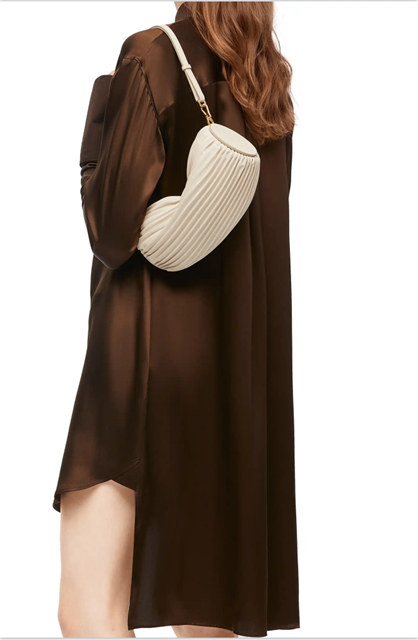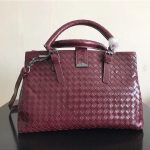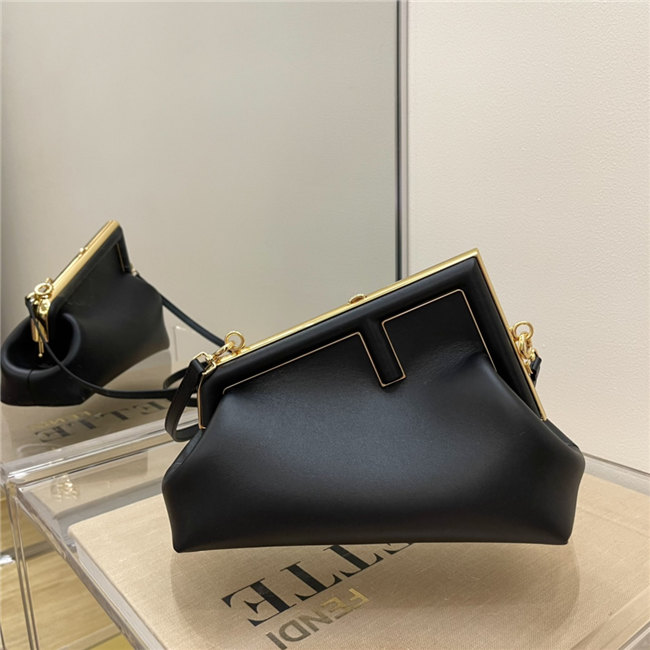First off, that “69173” model number? Yeah, it’s basically catnip for counterfeiters. It’s a popular Lady-Datejust, which means there are a gazillion of ’em floating around, both real *and* fake. And let me tell you, some of these fakes… they’re getting scary good.
I saw one the other day, right? Looked legit from a mile away. But then you get close, you start to see the cracks. Things like, the cyclops (that magnifying bubble over the date) wasn’t quite right. The date wheel font looked a bit…off. Like, Times New Roman instead of, you know, *Rolex* font. That’s a HUGE red flag.
And don’t even get me started on the bracelet. The real 69173 has this beautiful, seamless, almost liquid-like flow. The fake ones? They feel kinda…tinny. Like they’re gonna fall apart if you sneeze on ’em. Plus, the clasp! Oh man, the clasp is a telltale sign. The engraving on the inside of a real Rolex clasp is crisp and precise. The fake ones? Usually look like they were done with a rusty spoon.
Another thing? The weight. Rolexes have heft. They feel solid, expensive. A cheapo fake will feel light, almost flimsy. Like a toy. Of course, some sneaky bastards will add weight to the fake to try and trick you. That’s why you gotta be SUPER careful.
Now, here’s where it gets tricky. Sometimes, a *real* Rolex can have aftermarket parts. Maybe someone replaced the dial, or the bezel, or whatever. This doesn’t necessarily make it a complete fake, but it does affect the value, and it can make it harder to spot a fake. Because, like, if the dial is aftermarket, how do you know *that* dial isn’t a fake dial? It’s a rabbit hole, I tell ya. A rabbit hole.
And then there’s the price. If someone’s offering a 69173 for, like, five hundred bucks? Run. Just run. Seriously, even a beat-up, well-worn real one is gonna cost you way more than that. If it sounds too good to be true, it probably is.

